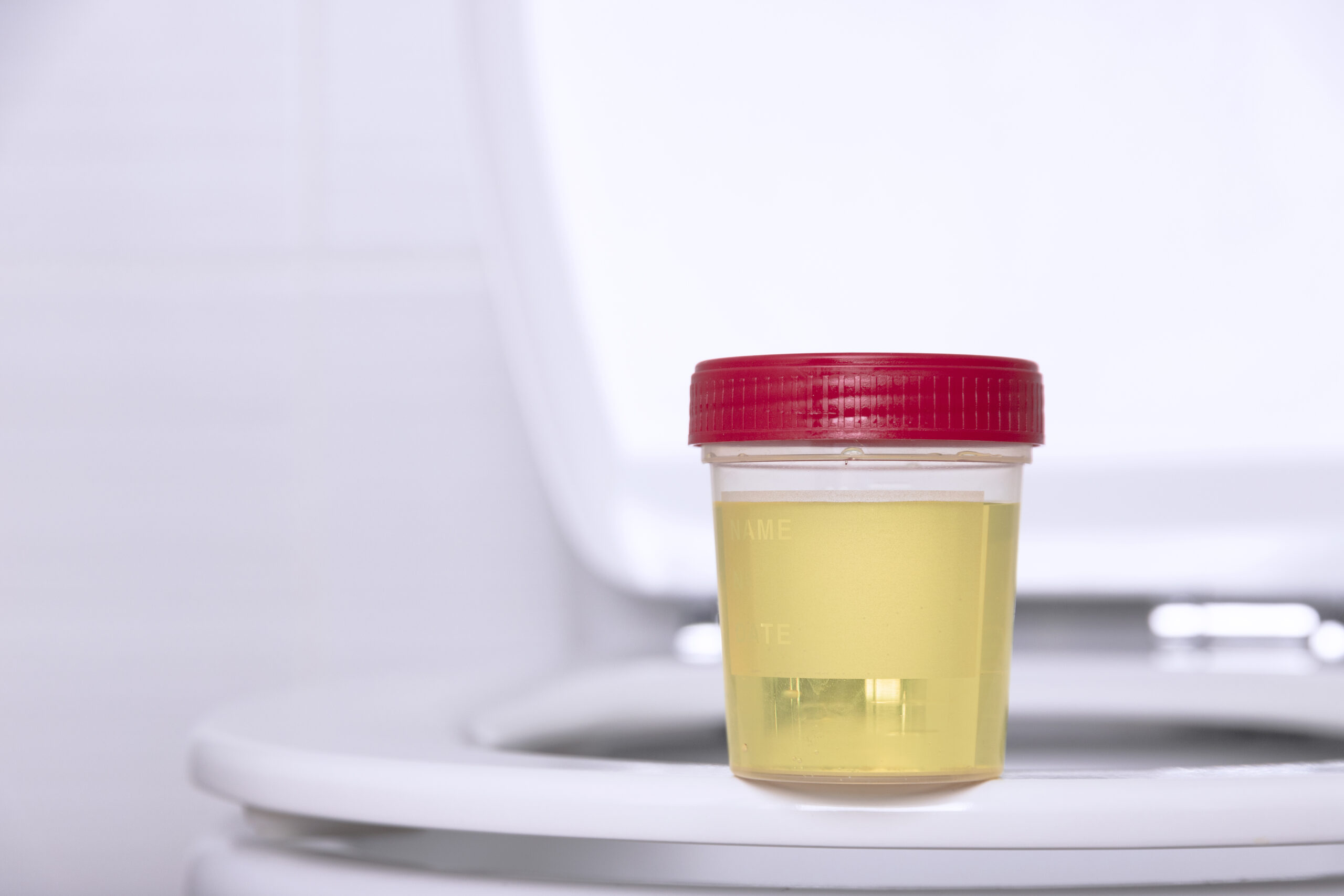- Immediate contact :
- +1-323-988-5889
- info@sonosif.com

Colectomy in Cats and Dogs
February 16, 2022
Ultrasound-guided Male breast (gynecomastia) Surgery
February 16, 2022Ultrasonography is a technique that uses sound waves to create images of the inside of the body. It aids in the diagnosis of pain, swelling, and infection in the internal organs of the body. It can even aid in the examination of a pregnant woman’s unborn child (fetus).
Ultrasonography also helps in the diagnosis of heart conditions, and assess damage after a heart attack. This makes ultrasonography applications safe, noninvasive and does not use radiation.
Because ultrasonography captures images in real-time, It can accurately show blood flowing through blood vessels.
As for children, ultrasonography is often used during prenatal visits to count the baby’s heart rate. Using a doppler ultrasound device as one type of monitoring is currently assisting doctors in continuously checking babies’ heart rates during labor and birth.
The Wireless 3 in 1 Ultrasound Scanner Triple Headed: Convex, Linear, and Cardiac Probe 3in1-CLC2CD is one of these doctors’ first choices.
the CLC2CD probe helps the practitioner make PW measurements due to its lower frequency (3.5-5 MHz).
The CLC2CD also provides a visual representation of vessel flow and velocity. It can detect vessels, valves, and turbulent flow with pinpoint accuracy.
Further, it includes instructions for measuring flow velocities with pulsed-wave Doppler in a repeatable manner.
It can also locate a stenosis or thrombosis area, as well as determine the presence and amount of arterial plaques, as well as the turbulent flow associated with them.
The CLC2CD is extremely accurate because it can detect small vessels like mouse coronary arteries, femoral, and arcuate arteries.
This allows it to quickly assess blood flow following a stroke or in other situations where blood flow is impaired.
Reference: Doppler Ultrasound for Heart Rate Assessment in a Porcine Model of Neonatal Asphyxia
Disclaimer: Although the information we provide is used by different doctors and medical staff to perform their procedures and clinical applications, the information contained in this article is for consideration only. SONOSIF is not responsible neither for the misuse of the device nor for the wrong or random generalizability of the device in all clinical applications or procedures mentioned in our articles. Users must have the proper training and skills to perform the procedure with each ultrasound scanner device.
The products mentioned in this article are only for sale to medical staff (doctors, nurses, certified practitioners, etc.) or to private users assisted by or under the supervision of a medical professional.





